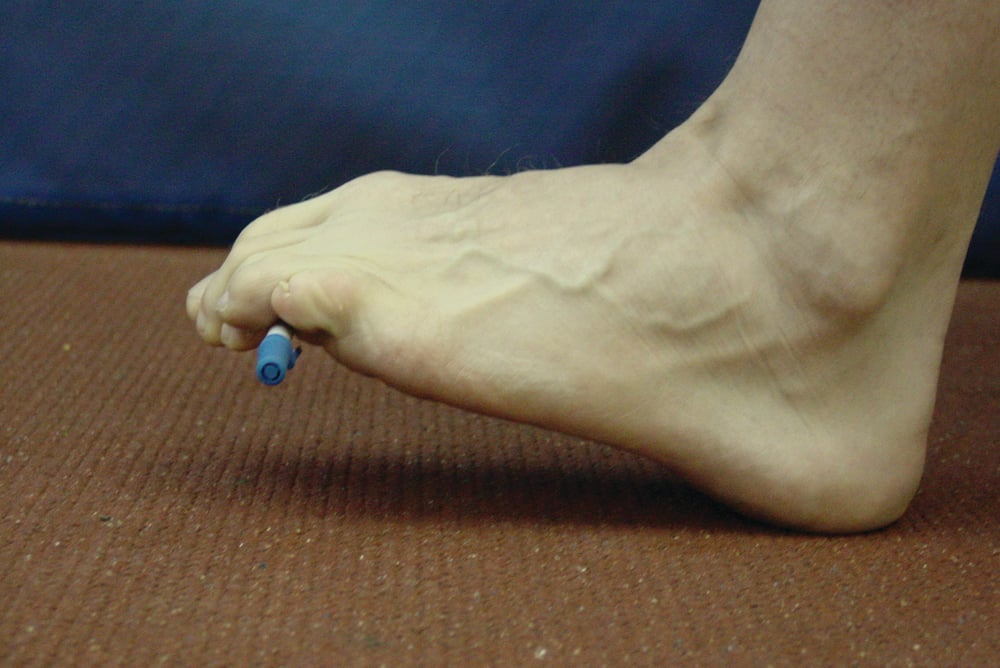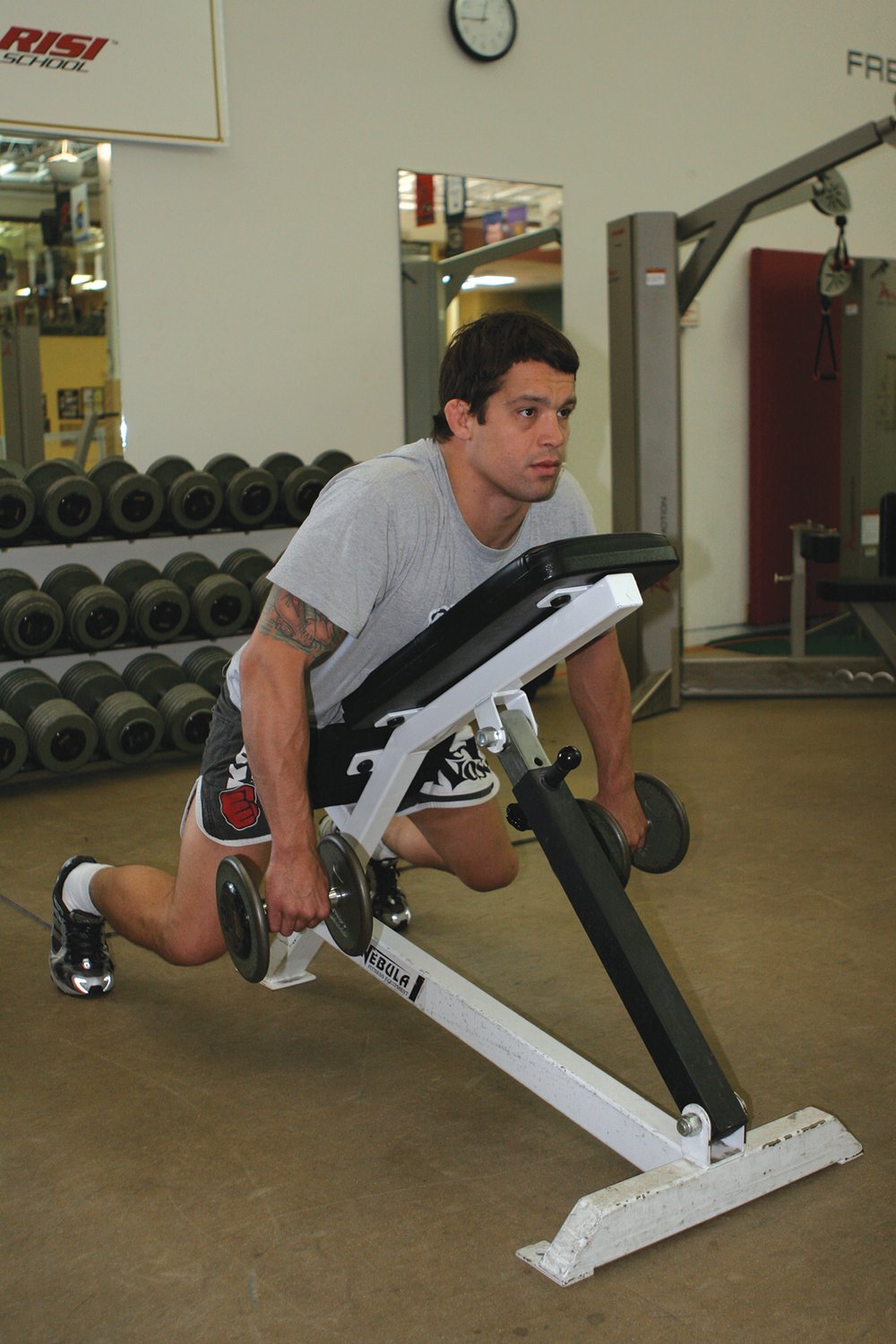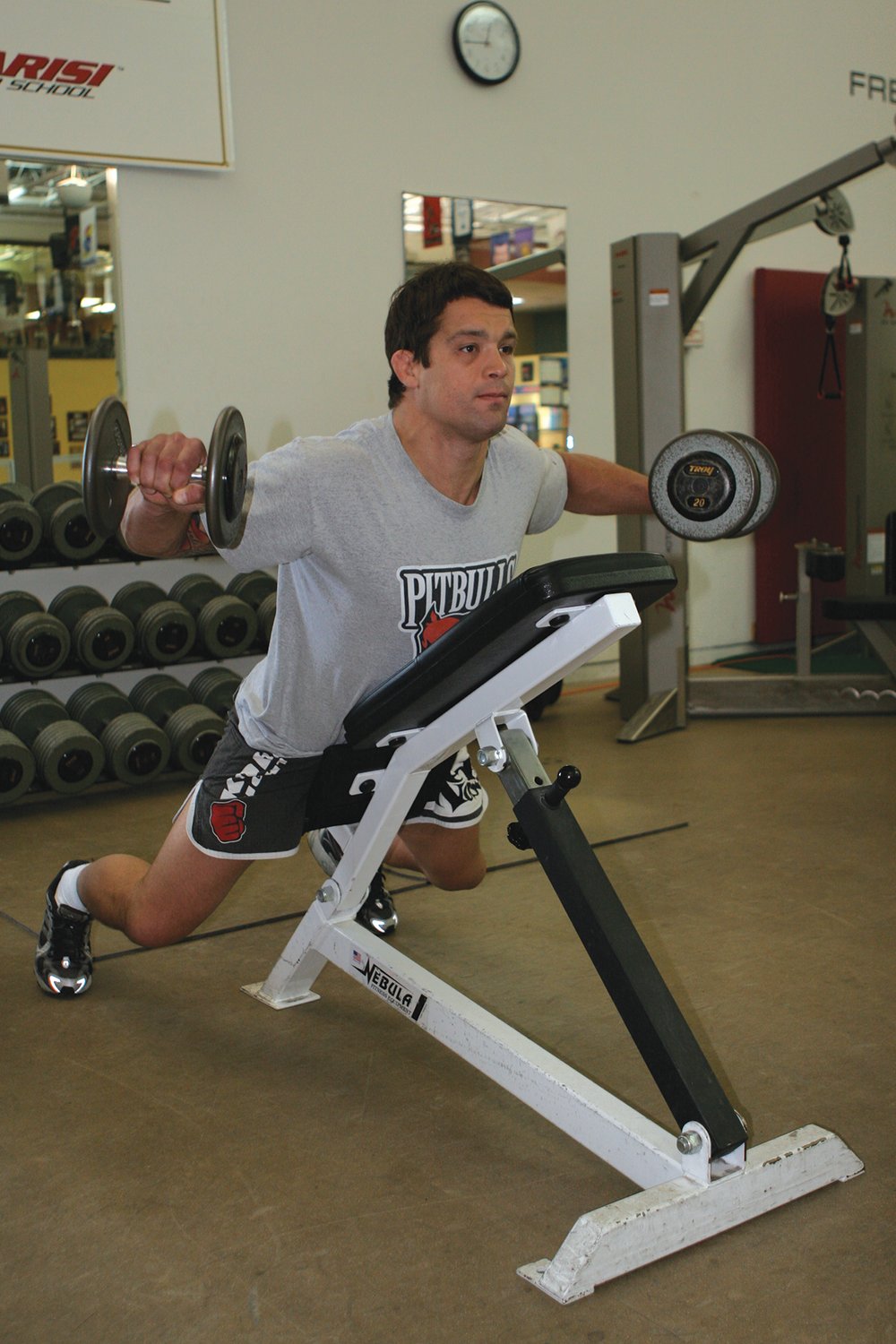
Issue 039
July 2008
By Martin Rooney.
Although MMA is rapidly growing in popularity around the world, this 15-year-old sport is relatively young. Over that time, we have seen some incredible changes during this sport’s fast evolution. Due to the current high level of MMA, people often ask if I believe the sport “is as good as it will get?” or “if fighters are at the highest level achievable?” My answer is simple: “Not even close.”
In the 1990s the submission game of MMA was born with the ground technician demonstrating supremacy over the unsuspecting striker. Then the wrestler learned to avoid submissions and stay alive. Enter ground ‘n pound. Then the striker learned how to defend the wrestler’s takedown and the rules started standing fighters earlier. Enter the age of the knockout. Finally, the well-rounded martial athlete took over. Enter the current level of the superfighter.
This brief history confirms that success in MMA depends on a high level of both technical and physical attributes. Since every fighter can improve in both areas, the level of MMA will surely continue to increase. My new book, Training for Warriors: The Ultimate Mixed Martial Arts Workout, takes this physical side of MMA head on.
During my ten years training fighters I have noticed that, regardless of technical prowess, most fighters had similar areas of physical weakness. I also concluded that it wasn’t a physical limitation that led to these weaknesses, but a mental one. These fighters all had errors in their training philosophy.
Here are five common flaws in philosophy that lead to the physical weaknesses as described in this article. By identifying and fixing these errors with the exercises suggested, the fighter of the future has a better chance to increase performance and decrease injury.
Philosophical problems
Problem 1
“I know what I need to know about training”
The day you choose to stop learning is the day you stop growing. Keep the white belt in your mind and remember it is not what you know, but to learn what you don’t know you don’t know that can lead to ultimate success.
Problem 2
“I work my muscles enough in technical training”
If this were true no athlete would need to strength train. A stronger, faster fighter with better endurance and confidence is a more dangerous fighter. If you are not strength training, you had better start.
Problem 3
“I like doing what I am good at”
I believe that the enemy of being great is being good. Instead of only training what you are good at, get great at what you are not good at too. A weakness is an opportunity to turn a limitation into an advantage.
Problem 4
“I am following Fighter X’s world-class programme”
Cramming the square peg into the round hole will not work in training. Your programme must address your individual needs and work on your base. Like a building with bad foundation, the fighter with no base will eventually fall.
Problem 5
“I really only train when I have a fight”
Training is an all-year process and you can’t rush physiology. Without consistent training, too much emphasis is placed on immediate needs like cardio instead of remedying up muscular weaknesses over time.
As a result of these philosophical mistakes, the following are five essential areas of the body that are virtually neglected in physical training. Each example includes one exercise from Training For Warriors to strengthen the region:

Feet
Footwork is a common term in fighting, but feet are rarely worked in the gym! The feet contain many muscles that can help with balance, coordination and proprioception and movement.

a) Pen Foot Curl
Pick up a pen with the toes and hold for 5 seconds. Repeat for 15 reps each side.
Neck
The neck is the one part of the body that connects the head to the body and is critical for maintaining posture during a fight. Strength and injury prevention are paramount since it is a commonly attacked area for submissions.
b) Shoulder and neck press
Perform a pushup with one hand placed on the shoulder and another on the neck of your partner. Repeat for 8 reps each side and switch positions.
Groin
The groin is critical for the guard position, knees, kicks and to deliver power for punches and throws. If the groin is weak when compared to the larger lower body muscles, eventual injury is inevitable.
c) Plate slide
With the inside of the foot, slide the plate across the floor keeping the body in place. Alternate sides and repeat for 3 sets of 20 yards.
Obliques
The abdominal region allows forces to be transmitted through the legs to the upper body for explosive punches, throws and slams. With a soft midsection, power is greatly reduced and the fighter may not remain a fighter for long.
d) Boxer speed twist
Sit on the floor with dumbbell in hands with feet in the air. Twist side to side as fast as possible for 3 sets of 50 twists.
Rotator cuff
The shoulder is the most mobile and most often injured joint of the body. In addition to protecting the shoulder joint, the rotator cuff also helps decelerate the arm from punches and is used in many submission attempts.
e) Incline clean
Lying with the chest on the incline bench, shrug the dumbbells, squeeze the shoulder blades together and rotate the arms up for 3 sets of 10 reps.
Martin Rooney is director of the Parisi Speed School and conditioning coach for Team Renzo Gracie. He has trained champion fighters for the ADCC, UFC, IFL, Pride and the Olympics. His ‘Training for Warriors’ blog and warrior community can be found at www.trainingforwarriors.com.
...














